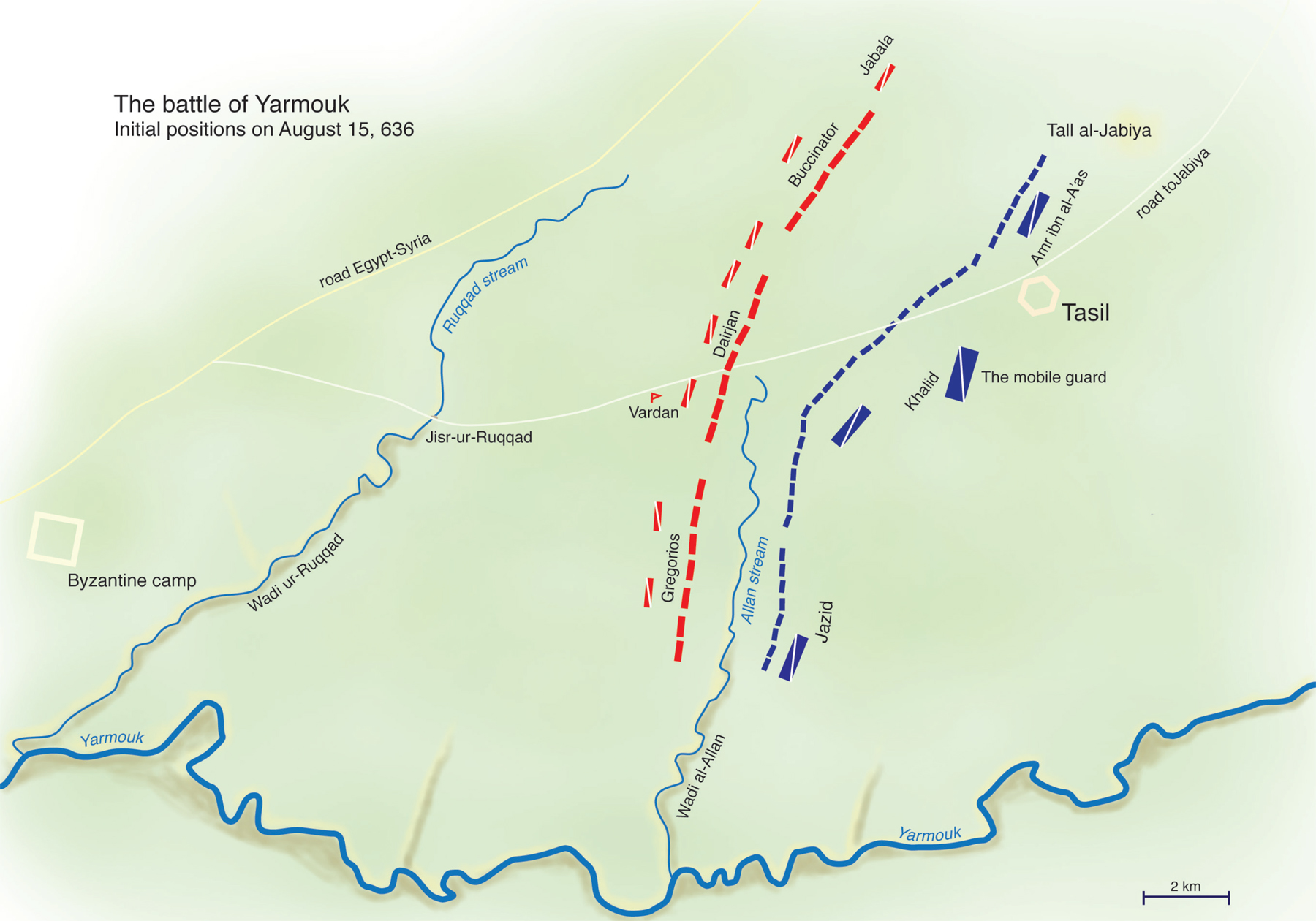Zvonimir Grbasic - The Templars at War
Here you can read online Zvonimir Grbasic - The Templars at War full text of the book (entire story) in english for free. Download pdf and epub, get meaning, cover and reviews about this ebook. year: 2022, publisher: Casemate Publishers & Book Distributors, LLC, genre: History. Description of the work, (preface) as well as reviews are available. Best literature library LitArk.com created for fans of good reading and offers a wide selection of genres:
Romance novel
Science fiction
Adventure
Detective
Science
History
Home and family
Prose
Art
Politics
Computer
Non-fiction
Religion
Business
Children
Humor
Choose a favorite category and find really read worthwhile books. Enjoy immersion in the world of imagination, feel the emotions of the characters or learn something new for yourself, make an fascinating discovery.
- Book:The Templars at War
- Author:
- Publisher:Casemate Publishers & Book Distributors, LLC
- Genre:
- Year:2022
- Rating:3 / 5
- Favourites:Add to favourites
- Your mark:
- 60
- 1
- 2
- 3
- 4
- 5
The Templars at War: summary, description and annotation
We offer to read an annotation, description, summary or preface (depends on what the author of the book "The Templars at War" wrote himself). If you haven't found the necessary information about the book — write in the comments, we will try to find it.
The Templars at War — read online for free the complete book (whole text) full work
Below is the text of the book, divided by pages. System saving the place of the last page read, allows you to conveniently read the book "The Templars at War" online for free, without having to search again every time where you left off. Put a bookmark, and you can go to the page where you finished reading at any time.
Font size:
Interval:
Bookmark:

The Templars at War
The Beauceant
Zvonimir Grbasic

First published in Great Britain in 2022
by Pen & Sword Military
An imprint of
Pen & Sword Books Ltd
Yorkshire Philadelphia
Copyright Zvonimir Grbasic 2022
ISBN 978 1 47389 840 0
eISBN 978 1 47389 842 4
mobi ISBN 978 1 47389 842 4
The right of Zvonimir Grbasic to be identified as Author of this work has been asserted by him in accordance with the Copyright, Designs and Patents Act 1988.
A CIP catalogue record for this book is available from the British Library.
All rights reserved. No part of this book may be reproduced or transmitted in any form or by any means, electronic or mechanical including photocopying, recording or by any information storage and retrieval system, without permission from the Publisher in writing.

Pen & Sword Books Limited incorporates the imprints of Atlas, Archaeology, Aviation, Discovery, Family History, Fiction, History, Maritime, Military, Military Classics, Politics, Select, Transport, True Crime, Air World, Frontline Publishing, Leo Cooper, Remember When, Seaforth Publishing, The Praetorian Press, Wharncliffe Local History, Wharncliffe Transport, Wharncliffe True Crime and White Owl.
For a complete list of Pen & Sword titles please contact
PEN & SWORD BOOKS LIMITED
47 Church Street, Barnsley, South Yorkshire, S70 2AS, England
E-mail:
Website: www.pen-and-sword.co.uk
Or
PEN AND SWORD BOOKS
1950 Lawrence Rd, Havertown, PA 19083, USA
E-mail:
Website: www.penandswordbooks.com

T he sufferings of Christian pilgrims in the Holy Land on the way from the Mediterranean coast to holy places spurred a group of French knights to found a monks community to protect the pilgrims. In the beginning, the knights could hardly imagine that they were laying the foundations for a famous knightly friars order whose military path creates strong emotions among lovers of history and fiction even today, almost 900 years later.
However, just as pilgrimages did not first start in the early twelfth century, pilgrims did not face dangers in Palestine alone. In early Christianity, pilgrimages were a rare exception. This changed during the rule of Constantine I (Constantine the Great, 306337), the first Roman emperor to have accepted Christianity, allowed free profession of the Christian faith and eventually declared Christianity as the official religion of the Empire.
At the age of 80, Constantines mother Helena went on a pilgrimage to Jerusalem, where she undertook what can only be called archaeological research, looking for relics connected with the martyrdom and death of Jesus. According to Gelasius where the relic, considered to be the holiest such artefact of Christianity, was eventually housed.
News of Helenas achievement spread among the faithful throughout the Empire, and pilgrimages began while the archaeological excavations were still going on. Places connected with the life of Jesus, such as Bethlehem, Nazareth and Jerusalem as well as the River Jordan, topped the list of pilgrims destinations. In the following years, church authorities supported the pilgrimages and their numbers continued to grow, which in turn spurred the construction of monasteries and hospices in Jerusalem and its surroundings in order to host, care for and treat the pilgrims; in the early fifth century, there were already around 200 such places. We would say today that religious tourism was undergoing strong development.
Pilgrimages were also undertaken to places connected with the lives of other early-Christian saints and martyrs, almost all of whom came from the East. Church authorities spurred the belief that the content of the saints graves could produce miracles and, in time, pilgrims and merchants started bringing smaller relics to the West. Stories of their beneficial effects were spread by word of mouth. Thus believers tried to see and touch these relics, further strengthening the religious fervour and the need to visit the places from which the relics originated.
Pilgrimages from Europe to the Holy Land necessitated a difficult, long and uncertain journey taking at least a year. For centuries, such journeys were a private matter until, in the year 910, Count William I of Aquitaine founded the Benedictine Abbey of Cluny in Burgundy. The abbeys doctrine supported pilgrimages and provided practical aid to pilgrims. At first, the entrepreneurial abbots of Cluny completely controlled the pilgrims travel to Spain and later, they started organizing voyages to Jerusalem.
Travelling from Europe to Palestine has always been expensive, and became extremely difficult and all but impossible to most European pilgrims after Arab conquests of the Mediterranean cut many of the former trade routes. Few people in the impoverished West could afford such a journey; only extremely brave and adventurous pilgrims, facing numerous dangers and with much effort, managed to reach Jerusalem. Prior to the start of the journey, many pilgrims would sell all their property in order to finance it, while others simply renounced their worldly goods with the intent of ending their days in the Holy Land. Travel took place both individually and in larger or smaller groups. It was a good idea to join a noblemans group with an armed escort. Regardless of political circumstances, travellers faced numerous dangers: robbers and wild beasts on remote highways; infectious diseases and food poisoning in inns; calamitous weather; shipwrecks and so on. Additional problems arose from sea voyages, always dependent on favourable winds.
If pilgrims reached the coast of the Mediterranean at the wrong time of year, they had to spend months waiting for a ship bound for the Holy Land. Usually they sailed from Venice or Bari to Alexandria, Tripoli or Constantinople. Ships also travelled across the Adriatic Sea, from the south Italian port of Bari to Durrs in Albania, after which travellers followed the alternative land route, the ancient Roman Via Egnatia, through Thessaly to the Bosporus.

Yarmouk battle initial positions on 15 August 636.
Pirates preyed at sea, particularly after the Arab conquests in the seventh century. In addition to the Muslim pirates, threats were doubled by the appearance of even more dangerous sea-robbers: Viking longboats trading in furs and lumber but not averse to dealing in slaves. When Hungarians a mixture of Ugro-Finnic and Turkish tribes that settled in Pannonia converted to Christianity in 975, a land route opened, following the River Danube to Belgrade, then on to Sofia and Adrianople, all the way to Constantinople. Byzantium only gained full control over Balkan roads from the border with the Hungarian kingdom after the year 1019, when this particular route became safe for pilgrims. It was of particular interest to large groups of pilgrims that could not find passage on ships. Northerners travelled either around the western coast of Europe and then through Gibraltar, or else across the Russian steppes down to the Bosporus.
Font size:
Interval:
Bookmark:
Similar books «The Templars at War»
Look at similar books to The Templars at War. We have selected literature similar in name and meaning in the hope of providing readers with more options to find new, interesting, not yet read works.
Discussion, reviews of the book The Templars at War and just readers' own opinions. Leave your comments, write what you think about the work, its meaning or the main characters. Specify what exactly you liked and what you didn't like, and why you think so.












